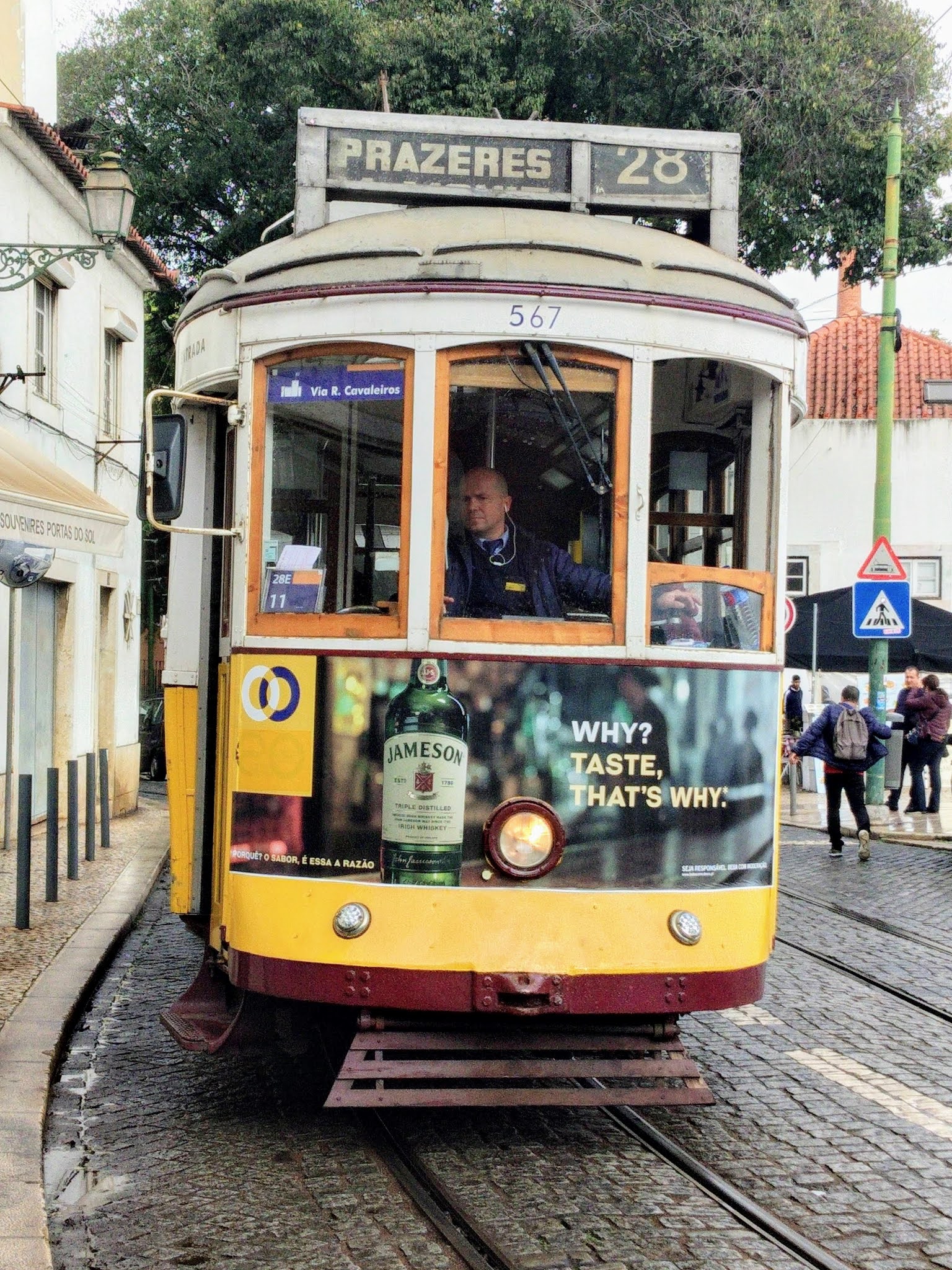Seville

SEVILLE Sevilla After living up to some wonderful moments at Granada, the birthplace of the renowned Spanish poet and playwright Federico Garcia Lorca, we decided to further our coadventure through the heartland of the southern Iberian Peninsula, composed of lowlands, mountains and valleys. You’ve got it right. To arrive at Seville, we traversed the fascinating Spanish heartland. The landscape presented some vistas composed of rustic plains, lowlands, winding roads through the Sierra and then vast stretches of olive orchards. About 200 years back, a couple of decades after Napoleon’s army plundered and destroyed parts of Alhambra, an American diplomat and writer, Washington Irving and his Russian counterpart traversed the path from Seville to Granada. It was highly adventurous then, because of the fact that the transport system at that time was horse-drawn carriages and muleteers. It was such that they could ‘wander among the romantic mountains of Andalusia’ (Tales of Alhamb...





